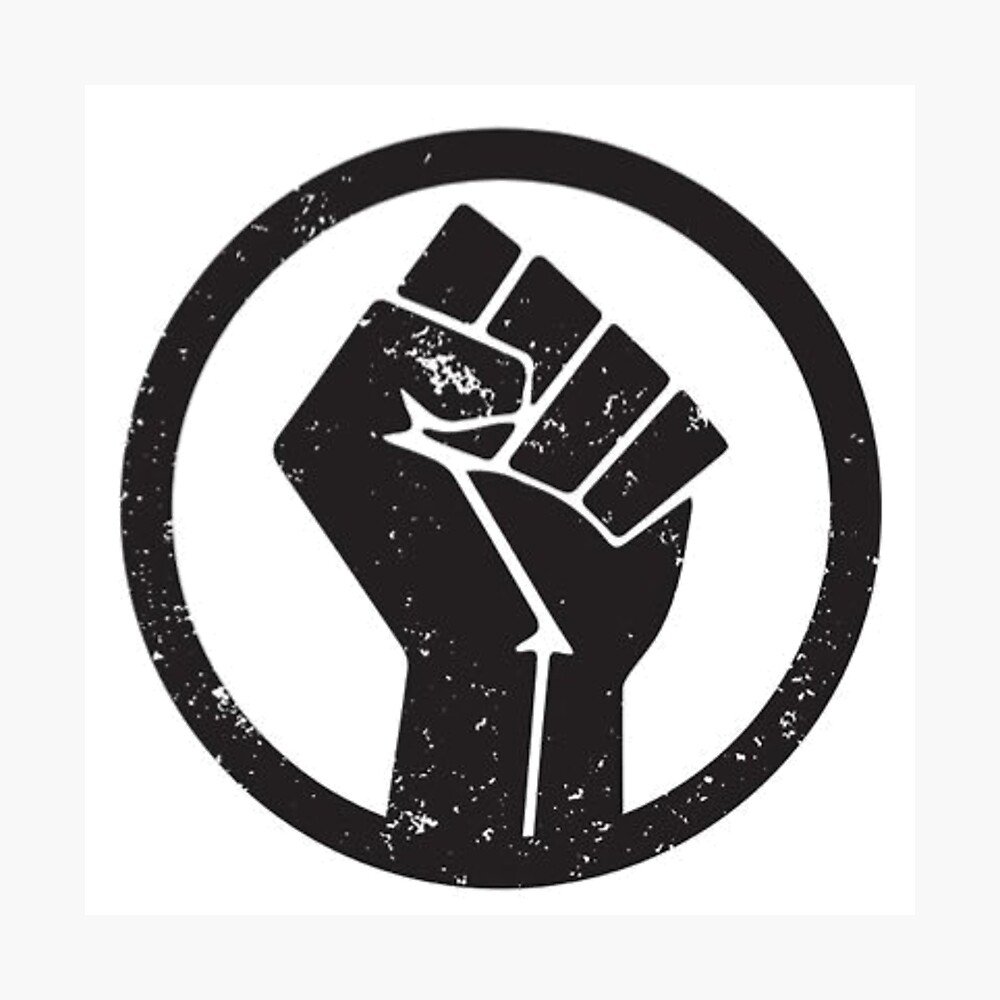
There were plenty of obstacles to women’s careers before the pandemic. When schools went remote in the spring, it was theoretically possible that childcare would be distributed among genders. It is 2020, after all.
THREAD
1/
THREAD
1/

It didn’t take long for womxn to share their struggle to work from home without the support of childcare. Pieces like this one, from @500womensci, sounded the alarm about the negative impact this all would have on womxn’s careers.
blogs.scientificamerican.com/voices/scienti…
2/
blogs.scientificamerican.com/voices/scienti…
2/
8 months after sheltering in place, anecdotes like this one from @GretchenTG are supported by data.
3/
3/
https://twitter.com/GretchenTG/status/1306250106748968962?s=20
Here’s what we know:
-Women’s jobs are 2x as vulnerable as those of men
-Women are 2x as likely to be responsible for home-schooling
-80% of people not working bc of lack of childcare are women
4/
-Women’s jobs are 2x as vulnerable as those of men
-Women are 2x as likely to be responsible for home-schooling
-80% of people not working bc of lack of childcare are women
4/

Of the 1.1 million who left the workforce in September 2020, 865,000 were women.
Almost half of those women were Black or Latina.
5/
Almost half of those women were Black or Latina.
5/

Intersectionality exacts a huge toll.
-1 in 6 Black women lost their jobs from February to June 2020
-In September 2020, 1 in 9 Black women and 1 in 9 Latinas were unemployed (this rate is 57% higher than it is for white women)
6/
-1 in 6 Black women lost their jobs from February to June 2020
-In September 2020, 1 in 9 Black women and 1 in 9 Latinas were unemployed (this rate is 57% higher than it is for white women)
6/
The pandemic has affected women’s health, their domestic responsibilities, productivity, and rates of intimate partner violence.
-Women are 70% of healthcare workers globally and 73% of HCW infected with SARS-CoV-2
7/
-Women are 70% of healthcare workers globally and 73% of HCW infected with SARS-CoV-2
7/

-Women physicians already did 8.5 h more household work per week PRIOR TO COVID and now bear the majority of the additional labor
-Women’s authorship is down compared to the same period in 2019 (19% lower in medical journals compared to 2019)
8/
-Women’s authorship is down compared to the same period in 2019 (19% lower in medical journals compared to 2019)
8/

Women's lives are at risk even at home.
-Lockdown has been a/w 20% increase in domestic violence
-Those presenting to the ED now are presenting with more severe injuries
9/
-Lockdown has been a/w 20% increase in domestic violence
-Those presenting to the ED now are presenting with more severe injuries
9/

We can't blame women for these problems.
“… the gendered nature of work across industries explains one-fourth of the difference between job-loss rates for men and women. The lack of systemic progress to resolve other societal barriers for women explains the rest.”
10/
“… the gendered nature of work across industries explains one-fourth of the difference between job-loss rates for men and women. The lack of systemic progress to resolve other societal barriers for women explains the rest.”
10/

I know it is tempting to divert your diversity budget to “more pressing” matters, but these data show what many of us have long known to be true. To not ACTIVELY counteract the significant challenges faced by womxn, and in particular womxn of color…
11/
11/
…is not only a moral failing, it also has negative financial consequences. This is the time to d o u b l e d o w n on your commitment to diversity.
"Traditional" gender roles are still holding us back.
I'd love to hear what you/your organization are doing.
12/12
"Traditional" gender roles are still holding us back.
I'd love to hear what you/your organization are doing.
12/12

cc @ETSshow @drjessigold @jenheemstra @DrJenGunter @choo_ek @RoxanaDaneshjou @DrAyanaJordan @LisaLeslie @DrHowardLiu @WrayCharles @FutureDocs @AmyOxentenkoMD @amydiehl @angie_rasmussen @DrEricDing @EricTopol @SharonneHayes @DrJRMarcelin @Laurie_Garrett @thereidout @lipiroy
• • •
Missing some Tweet in this thread? You can try to
force a refresh








